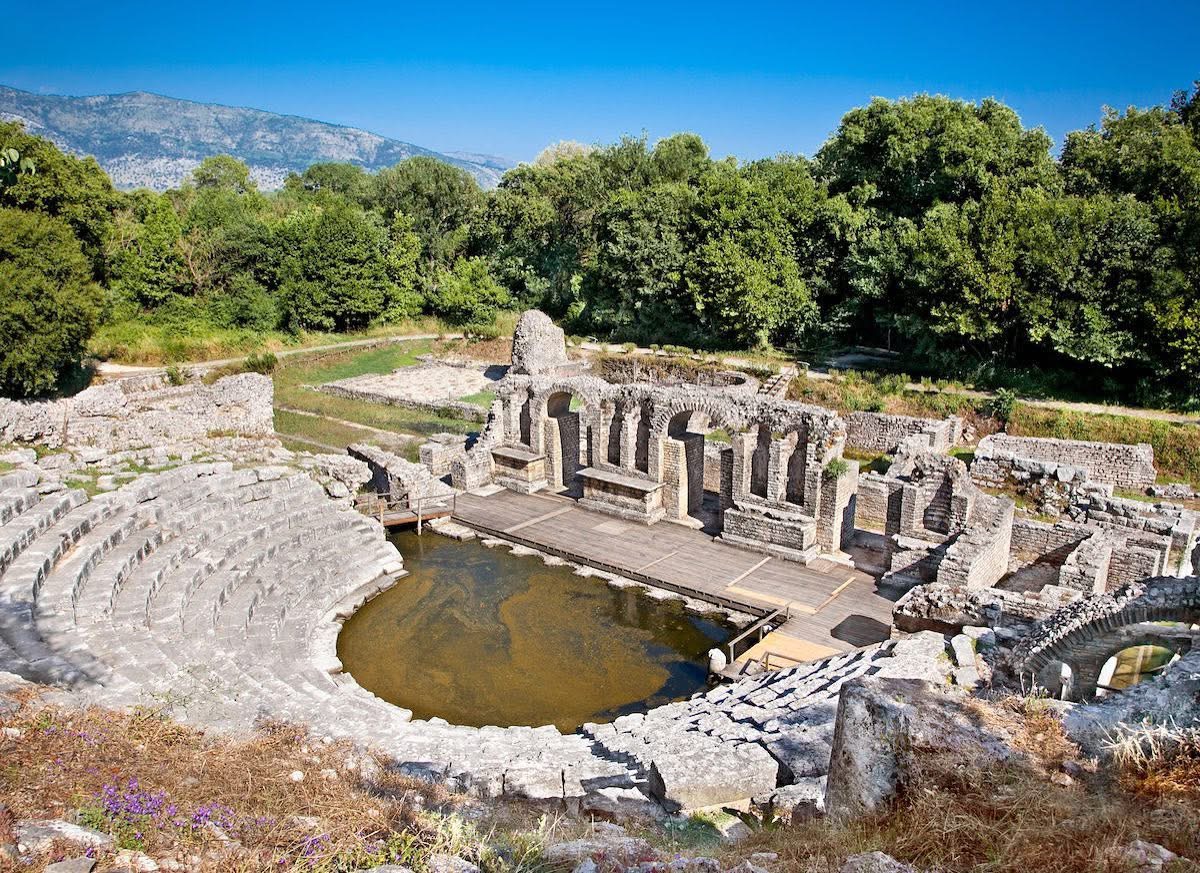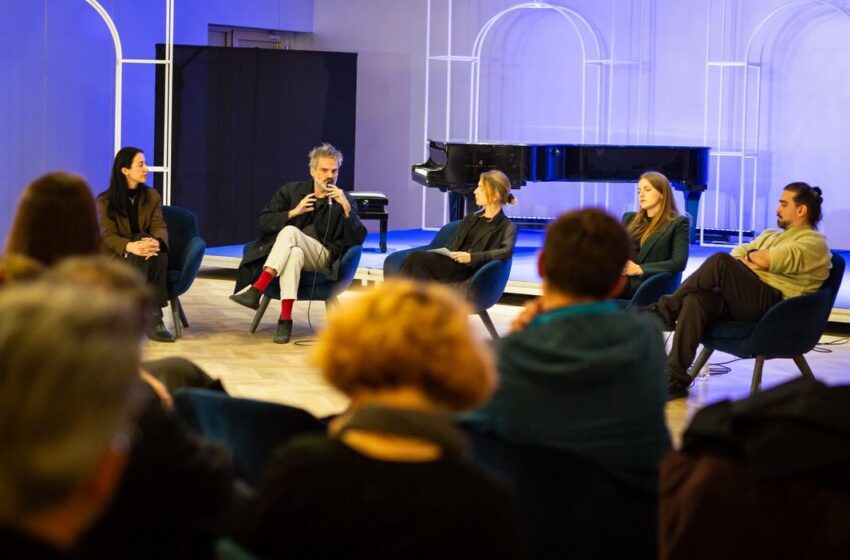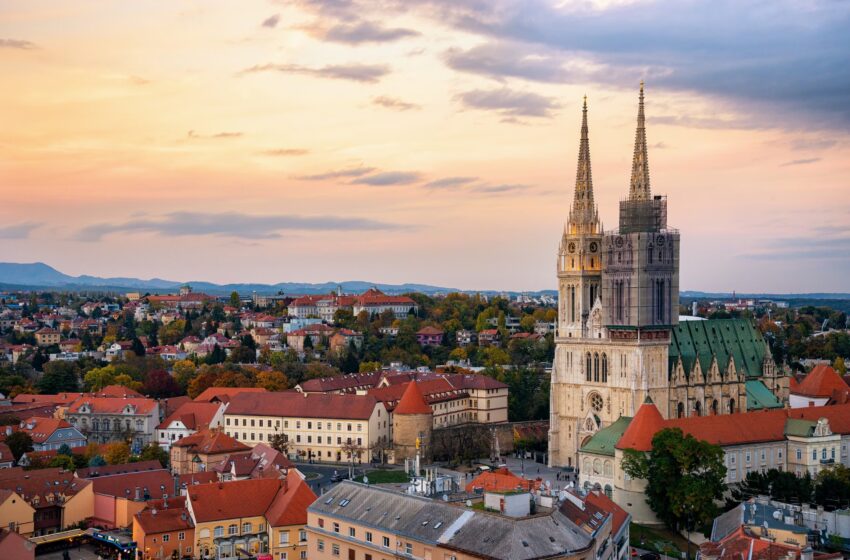Interest in Albania’s cultural sites grows steadily, Butrint tops the list

Not only beaches are bringing crowds to Albania this year—archaeological and cultural sites are booming. Official data show that in the first six months of 2025, over 773,000 visitors chose these attractions, a 69% increase compared to 2023.
Why is this important: Strong growth at heritage sites diversifies tourism beyond the coast, extends the season, and spreads income to inland communities. It also strengthens the case for conservation and better visitor services at Albania’s most important monuments.
Context: In July alone, more than 204,000 domestic and foreign visitors toured archaeological and cultural “treasures,” up 56% versus July 2023. Within the first half of the year, castles and monuments remained the most popular category, drawing around 200,000 people.
According to the Ministry of Economy, Culture and Innovation, the five most visited historic–archaeological destinations from January to July were:
- Butrint National Park – 150,178 visitors
- Gjirokastra Castle – 142,838 visitors
- Shkodra Archaeological Park – 100,443 visitors
- Gjergj Kastrioti Museum, Kruja – 95,386 visitors
- Apollonia Archaeological Park – 71,300 visitors
The surge reflects rising interest among foreign and domestic travelers in Albania’s UNESCO sites and museum network, from the ruins of Butrint and Apollonia to the Ottoman-era castles of the south and the museums of Kruja and Shkodra. Authorities say the momentum underscores the need to keep investing in access, guide services, signage, and digital ticketing to handle larger flows while protecting sensitive heritage assets.
What’s next: With peak summer still underway and early autumn traditionally strong for cultural travel, the sector will watch whether the double-digit growth of the year’s first seven months can be sustained into the shoulder season.


